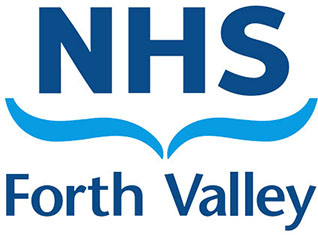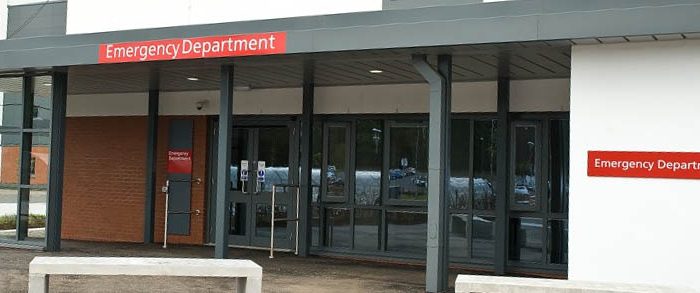NHS Forth Valley Improves on Waiting Times
Health Secretary Shona Robison has praised staff in NHS Forth Valley for treating more Accident & Emergency patients within four hours.
A&E figures for the week ending February 22 show Forth Valley Royal Hospital’s A&E department saw 96.2 per cent of people within four hours – far exceeding the national average of 86.1 per cent.
This is the first publication of weekly A&E waiting times figures, with the information available on the new NHS Performs website.
NHS Forth Valley has also improved on its monthly A&E waiting times, with January 2015 figures also published today. These statistics show that 86.7 per cent of people were seen within four hours at the board’s core site, up from 81.2 per cent in December 2014.
This is again above the national average of 85.4 per cent for January 2015.
These figures come as statistics on delays in discharging patients from hospital showed that during the January 2015 census – a one day snap shot – less than 10 people in both Clackmannanshire and Stirling were delayed for longer than the recommended 72 hours. In Falkirk only 17 people were delayed for longer than 72 hours.
Nationally delays in patients leaving hospital beyond the 72 hour period dropped from 947, at the previous census in October, to 776.
Ms Robison said:
“Staff in NHS Forth Valley are continuing to do a fantastic job to treat people as quickly as possible. This winter has been a very challenging time with record number of attendances across Scotland and more people being admitted with complex illnesses.
“It is promising to see that NHS Forth Valley has improved significantly since December 2014, with the first weekly A&E waiting time figures showing 96.2 per cent of people were treated within four hours between February 16 to 22.
“The Forth Valley area is also making improvements in reducing the number of people who are delayed from leaving hospital for longer than the recommended 72 hour period. This is good for the patient and also improves on the flow through the whole hospital system, freeing up beds to help people move out of A&E.
“Of course, there is always more to be done. This is why in January we also committed £100 million specifically to help health boards and local authorities tackle delayed discharge. This is both good for the patient and frees up beds to help people move out of A&E and through the system.
“This comes on top of our substantial, £50 million investment in an unscheduled care action plan, which has seen increased staffing – particularly amongst emergency department consultants – and on-going improvement in the system.
“This funding as well as the roll-out of a new collaborative approach to unscheduled care across Scotland will work to minimise long waits in A&E as well as look to ensure best practice is installed throughout the hospital system, supporting joined up work across health boards to address wider issues of patient flow through hospital.
“As we move towards the integration of health and social care in April, these are the right steps to take and I am determined to work with all health boards across the country to improve performance and ensure waits are brought down for patients. Our targets are rightly the most challenging in the UK but it means we need to work even harder to meet them.”





